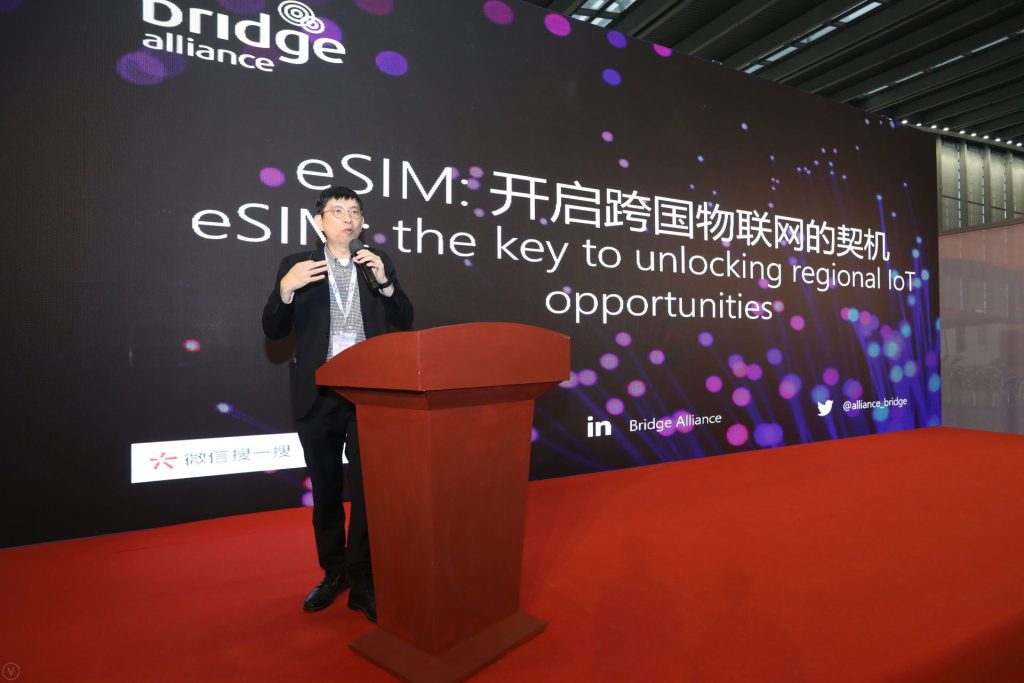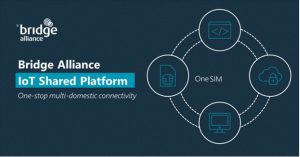 Mention the SIM card and we think of that tiny piece of card inserted into our mobile phones. However, the SIM actually plays a crucial role for the Internet of Things (IoT) today, and has actually evolved over the years. Mel Lim, our Associate Director of IoT at Bridge Alliance, discussed the reasons for these in his recent presentation at IoT World China in Shenzhen on 19 December.
Mention the SIM card and we think of that tiny piece of card inserted into our mobile phones. However, the SIM actually plays a crucial role for the Internet of Things (IoT) today, and has actually evolved over the years. Mel Lim, our Associate Director of IoT at Bridge Alliance, discussed the reasons for these in his recent presentation at IoT World China in Shenzhen on 19 December.
While the 3FF and 4FF still dominate the world of cellular connectivity, there is also the MFF2 UICC (chip SIM), which also works like regular SIM cards but are soldered directly on the circuit board during manufacturing.
Today, they have become embedded SIM cards (eSIM). Widely regarded as the future of SIM technology, they have already been deployed in newer consumer smart devices, and IoT and M2M devices such as in the connected cars. They also make switching between mobile operators much easier.
In our experience, the challenges customers face in Asia-Pacific include language barriers, and the maturity of IoT technologies among operators.
Furthermore, IoT is quickly becoming a reality for growth and differentiation in every industry. Yet, these new opportunities will not come to life without a solid backend that provides efficiency in operations and new ways to use connectivity. This is why Bridge Alliance want to ensure that the IoT connection management as a service (CMaaS) for customers are centrally managed, and as a result, we simplify regional connectivity for enterprises with:
This is why Bridge Alliance want to ensure that the IoT connection management as a service (CMaaS) for customers are centrally managed, and as a result, we simplify regional connectivity for enterprises with:
- One SIM card
- One Agreement
- A set of API and VPN
- A support system
- A centralized reporting, constant service level agreement (SLA)
Cross-border opportunities for our customers
We also work closely with our strategy partners in the US and Europe. The Internet of Vehicles project is currently the most mature case of multi-country landing of the Internet of Things (IoT) but in addition to that, we are also starting to see cases of other industries such as wearables, medical sensors and water meters for this.
With China’s rising importance to Asia, to align with the Chinese government’s One Belt One Road policy, working with Bridge Alliance can help you take the step towards expanding into the Southeast Asia region. For example, Bridge Alliance recently collaborated with China Unicom and Singtel to enable enterprise customers of both companies to perform embedded SIM (eSIM) changes over-the-air (OTA) without having to manually configuring their devices’ SIM cards to change networks in either China or Singapore. This ensures mobile customers can extend their reach with the premier member operators across the Asia Pacific region while being enabled with multi-domestic connectivity, economies of scale and logistical efficiency.
Together, we can help Chinese companies accelerate Internet of Things (IoT) deployment in Southeast Asia, simplify business negotiations through Bridge Alliance’s framework agreement, to bring market advantages so Chinese companies can land across the region
Still wondering how this works? Watch this video that best illustrates how we are a one-stop multi-domestic IoT platform:



